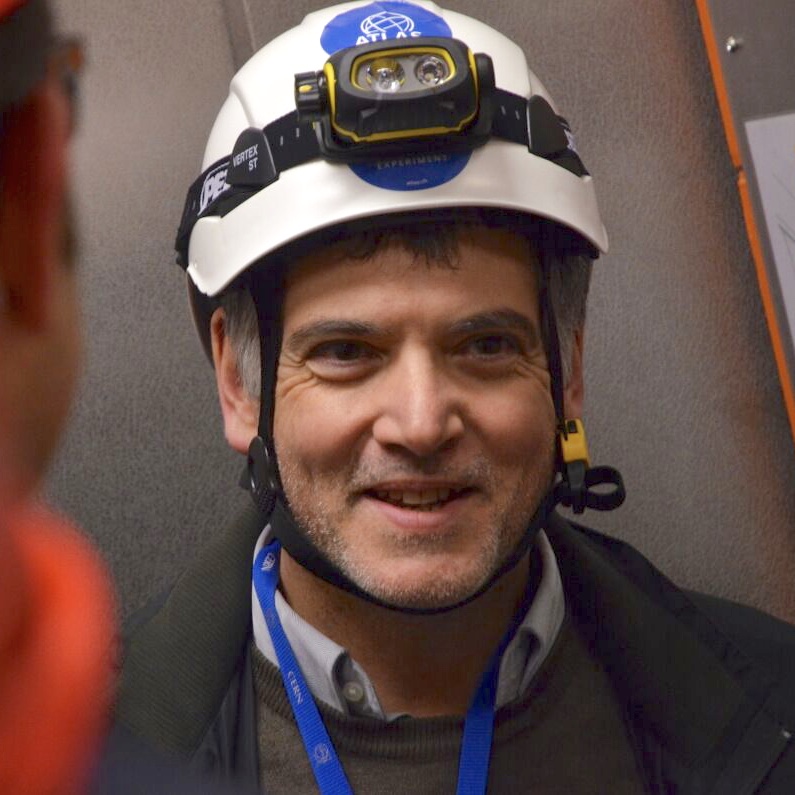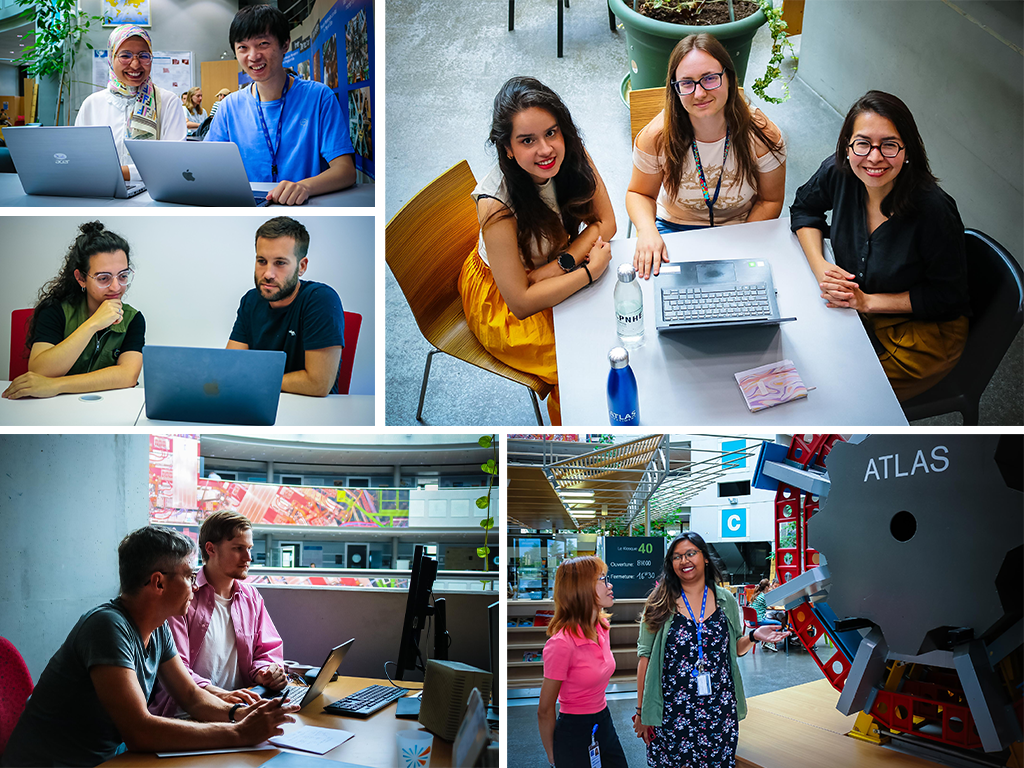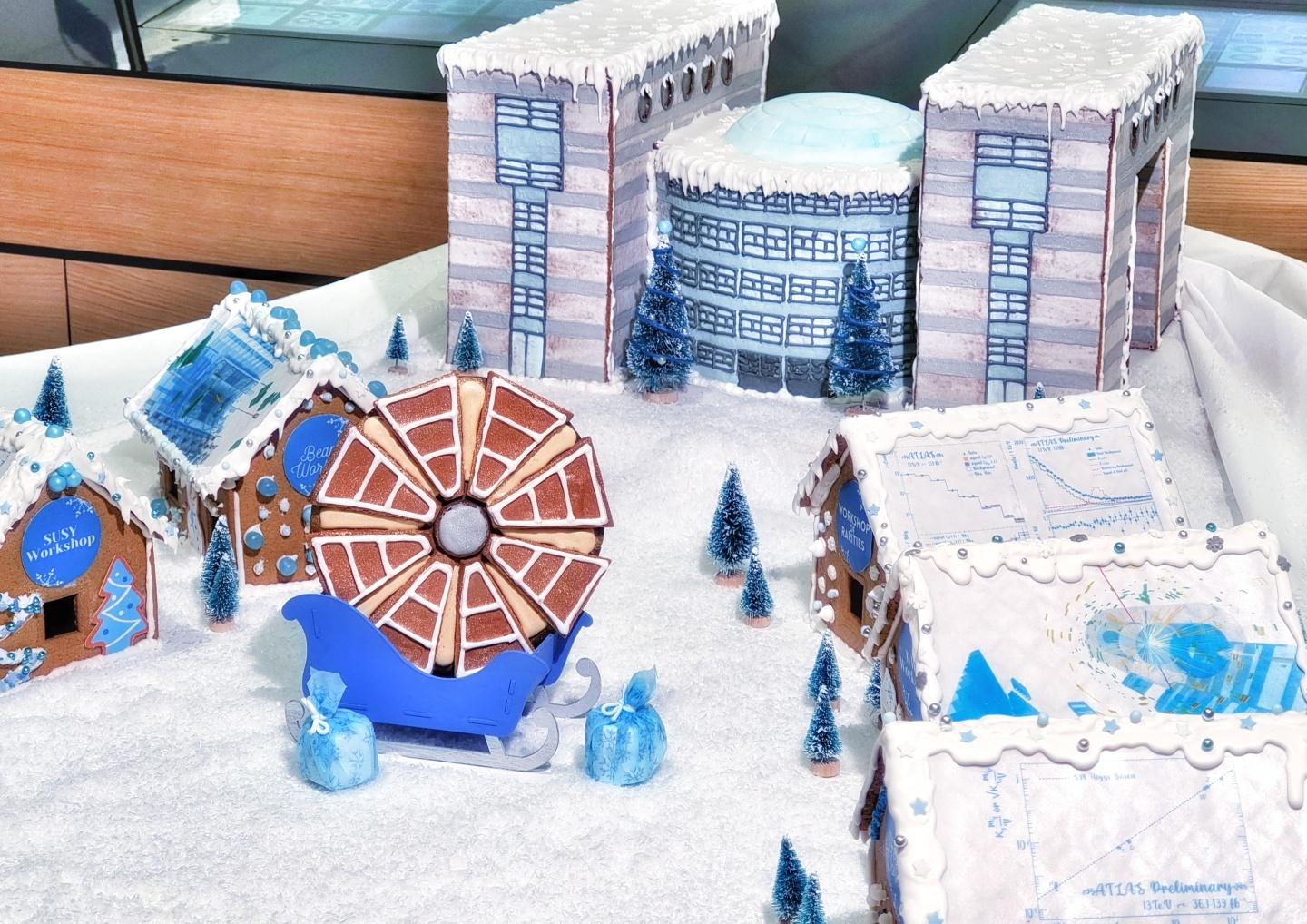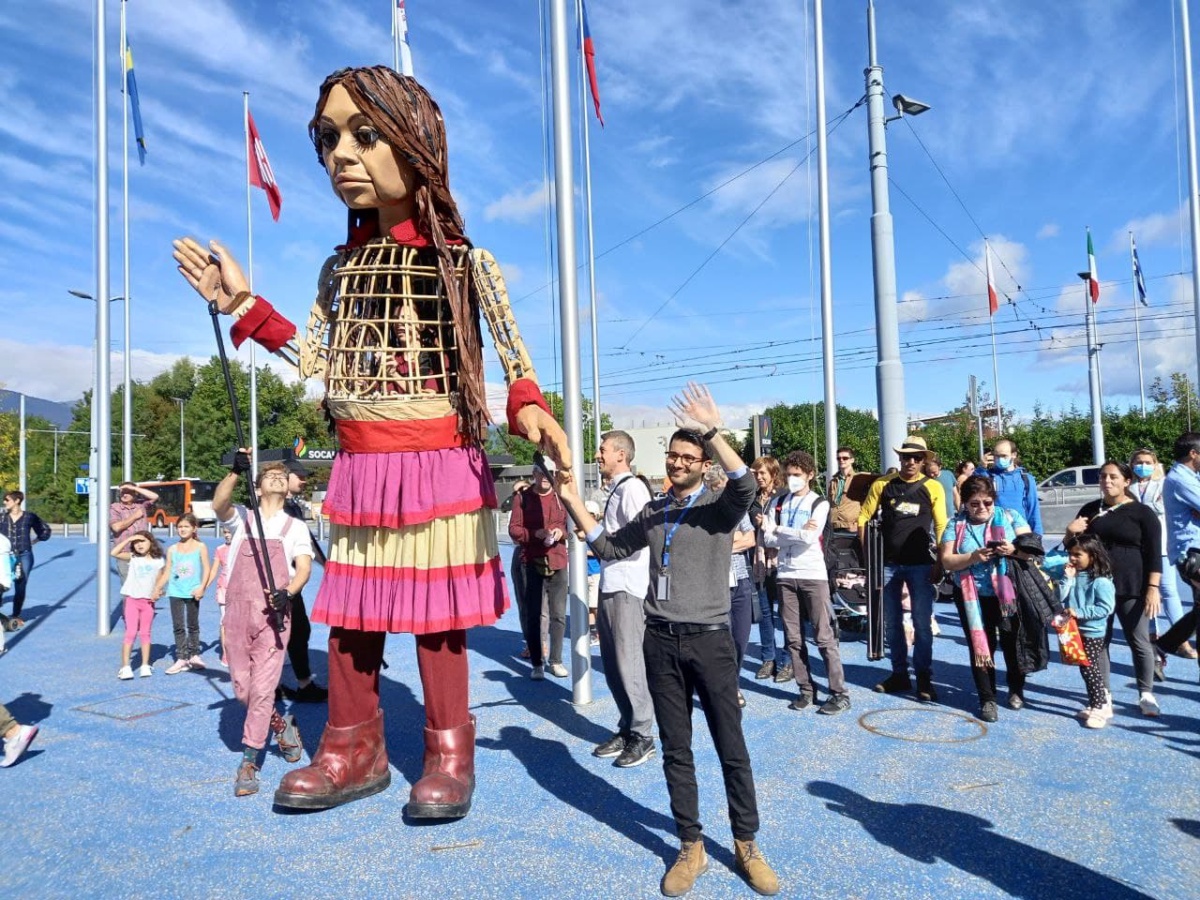Angels and Teachers
27 March 2018 | By
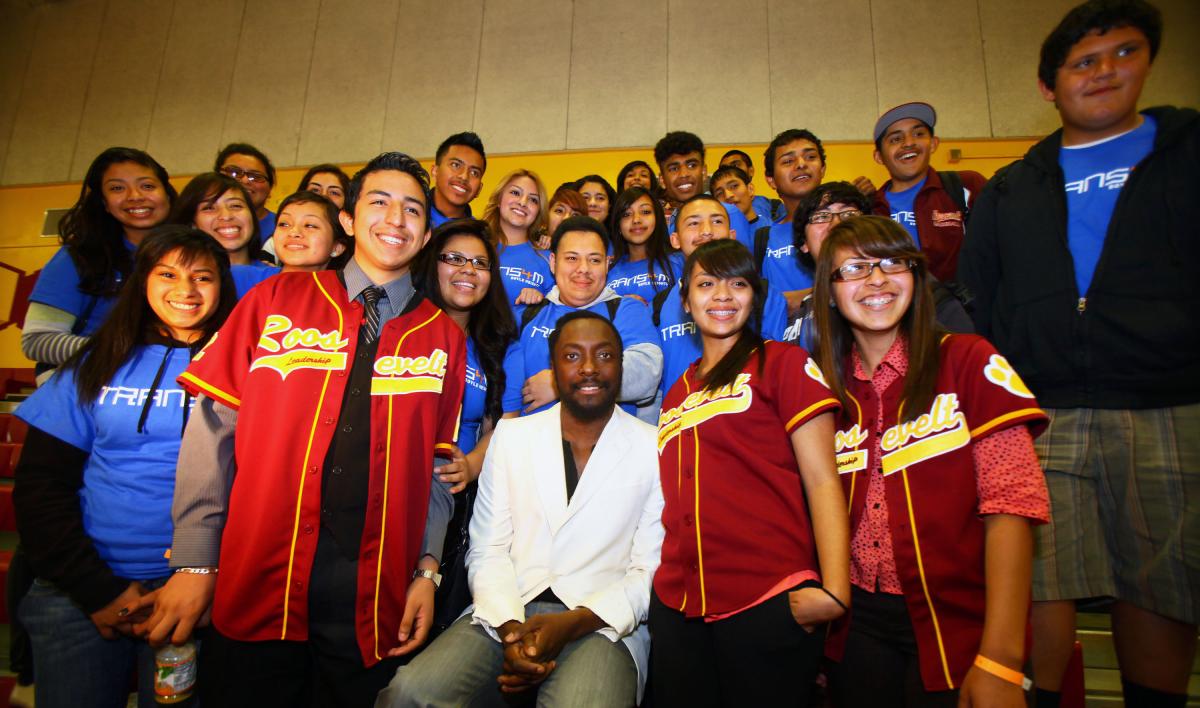
I met beautiful people in Los Angeles earlier this month: smart, talented students, all destined for great careers. They welcomed me to their high schools and their after-school programmes, all well-equipped with computing, electronics, a robotics lab and, above all, a brilliant staff of teachers.
The schools and labs were in a neighbourhood called Boyle Heights. Unlike more renowned locations in Los Angeles, Boyle Heights is not the home of swimming pools and movie stars. In fact, nine years back, these programmes did not exist, and the odds of any of these students making it to university were very low. It took some “angels” to make the difference.
One of these angels is William Adams Jr, best known as American musician, producer, and actor, will.i.am. I met will.i.am in 2013 during an underground visit to the ATLAS detector. As I guided the visit, our discussion turned to outreach, education and the importance of helping young students from under-represented communities get a chance to do science. He shared his own love of research, and his regrets that it was difficult to pursue this passion in Boyle Heights, where he grew up. While I doubt will.i.am laments the stellar path his life has taken, I do wonder what his energy and curiosity would have brought to our field. Perhaps his philanthropic efforts give us a glimpse of just that.

I decided to come to Boyle Heights to find out. There, I learned that will.i.am launched the i.am.Angel foundation in 2009, focusing on university preparation, scholarships and other opportunities in STEAM education. The i.am College Track component, which is based on a programme founded by Laurene Powell Jobs in San Francisco, provides social and academic support to students from their first year in high school through their last year in university. According to College Track, 98% of the students in the programme will be the first in their families to apply to university and 94% come from families living at or below the poverty line. Yet most will succeed, thanks to the tutoring, academic workshops and entrance exam preparation provided by the programme in their high school years, as well as the academic, mentoring and emotional support given to them in university.
In addition to College Track, the i.am.Angel foundation supports the STEM Academy of Boyle Heights. This programme was the brainchild of science teachers in neighbouring Theodore Roosevelt High School who wanted to do something more for those students with the potential to excel. The i.am.angel foundation supports their robotics programme, which has rapidly achieved success on a national level.
People with differing social, economic and cultural backgrounds bring new ideas, which allow us to attack problems in new ways. Although ATLAS benefits from broad international participation, we still have much to gain by reaching out to under-represented communities, such as Boyle Heights.
My motivation to visit these programmes goes beyond curiosity. As a member of ATLAS, I know the value of diversity in scientific research. People with differing social, economic and cultural backgrounds bring new ideas, which allow us to attack problems in new ways. This can be critical especially for complex measurements: variation brings clarity. Although ATLAS benefits from broad international participation, we still have much to gain by reaching out to under-represented communities, such as Boyle Heights.
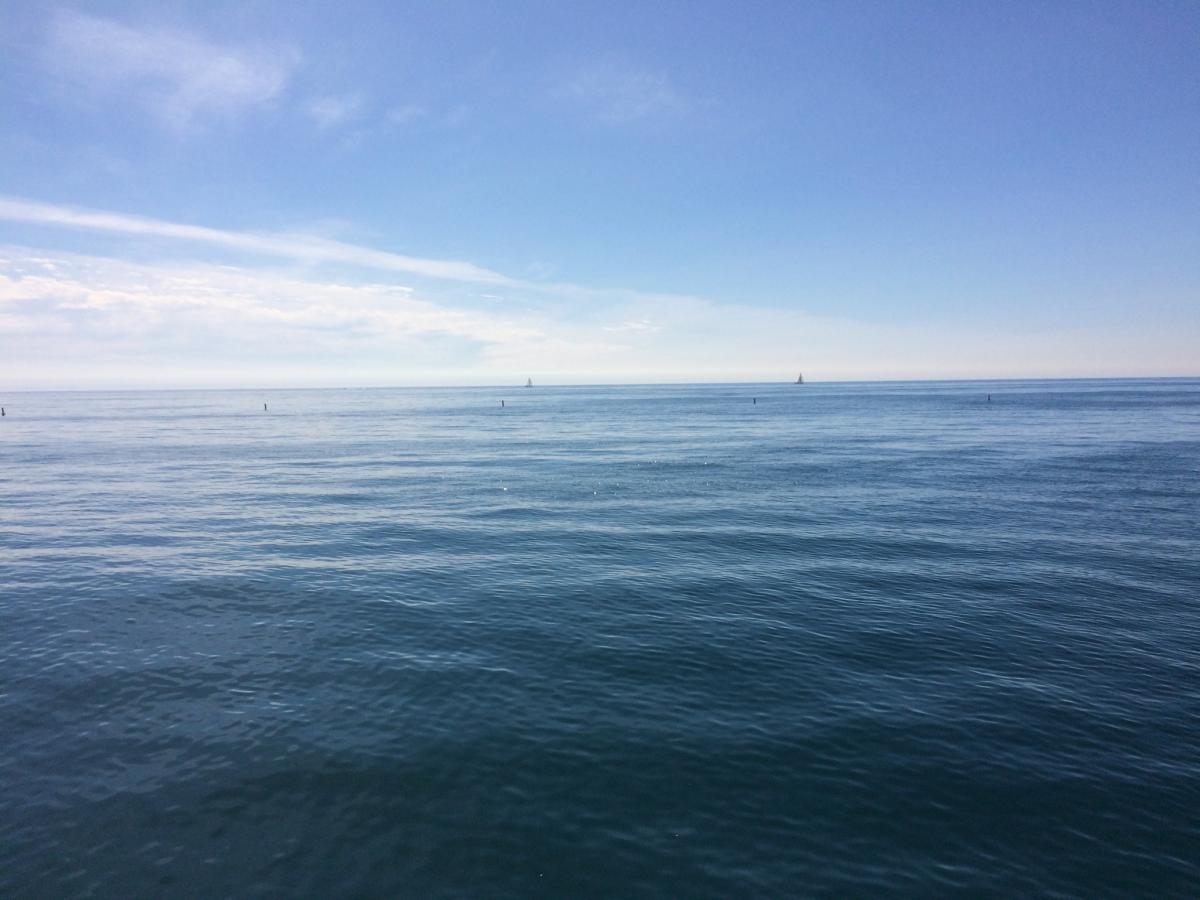
I was joined on my visit by Shane Wood. Shane is a high school teacher and member of QuarkNet, a network of physics researchers and teachers who work together to inspire students with educational programmes, such as the IPPOG Physics Masterclasses. We spent time talking with students and teachers about particle physics research and opportunities with ATLAS, CERN and QuarkNet. Their enthusiasm was contagious, and talk quickly turned toward partnership.
Our short-term goals are to associate these programmes to a nearby QuarkNet centre, thus providing a local, more permanent link to activities, such as Masterclasses, Virtual Visits and teacher training. In the coming years, we will try to bring these teachers and students into the U.S. Summer Student, Semester Abroad, or High School Teacher programmes at CERN. But, ultimately, we plan to see these students joining us as colleagues and as science advocates. We need their help and, thanks to the work of a few angels, I believe it is on the way.
It was truly an honour to meet these modern angels – philanthropists and teachers who are working hard to create opportunities for their youth that the rest of us take for granted. Watching them tear down walls to build bridges, at least for a short time, helped me to ignore the daily tweets from those who would do the opposite. And I am confident that their good work will prevail. If there is one thing science teaches us, it is that the truth cannot hide. And the truth is, diversity and inclusiveness make us all stronger.

